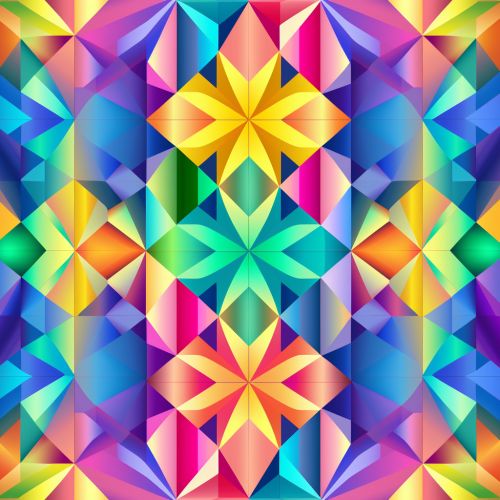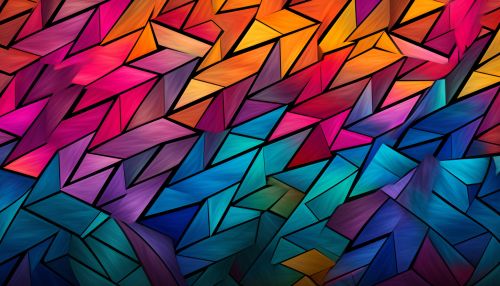Algorithmic Art
Overview
Algorithmic art, also known as algorithm art, is a subset of computer art that employs a mathematical algorithm to create images, sounds, or other artistic expressions. The algorithm, which can be simple or complex, is a set of instructions that the computer follows to generate the artwork. The artist's role in this process is to define the algorithm, select the parameters, and sometimes interact with the artwork as it is being created.


History
The origins of algorithmic art can be traced back to the early 20th century, when artists and mathematicians began exploring the use of mathematical formulas and geometric shapes in their work. However, it wasn't until the advent of computers in the mid-20th century that algorithmic art truly began to take shape. Early pioneers in this field include artists such as Harold Cohen and Manfred Mohr, who used computers to create intricate, algorithmically-generated artworks.
Techniques
There are many techniques used in the creation of algorithmic art, including fractal generation, genetic algorithms, and cellular automata.
Fractal Generation
Fractal generation is a technique that involves the use of mathematical fractals to create intricate, repeating patterns. These patterns can be infinitely complex, and are often characterized by their self-similarity, meaning they appear the same at any level of magnification.
Genetic Algorithms
Genetic algorithms are a type of evolutionary algorithm that mimic the process of natural selection. In the context of algorithmic art, genetic algorithms are used to evolve images or sounds over time, with each generation of the artwork being a slight variation of the previous one.
Cellular Automata
Cellular automata are mathematical models that consist of a grid of cells, each of which can be in one of a finite number of states. The state of each cell in the grid is determined by the states of its neighboring cells, according to a set of rules defined by the artist. This technique can produce a wide range of visual effects, from simple geometric patterns to complex, organic-looking structures.
Applications
Algorithmic art has a wide range of applications, from fine art and design to music and video games. In the realm of fine art, algorithmic techniques are used to create unique, one-of-a-kind artworks that challenge traditional notions of authorship and creativity. In design, algorithmic methods can be used to generate patterns and shapes that would be difficult or impossible to create by hand. In music, algorithms can be used to compose melodies, harmonies, and rhythms, or to generate soundscapes for video games and other interactive media.
Impact and Criticism
The rise of algorithmic art has sparked a lively debate about the nature of art and the role of the artist. Some critics argue that algorithmic art lacks the emotional depth and personal touch of traditional art, while others see it as a new and exciting form of artistic expression that pushes the boundaries of what is possible with technology.
Despite these criticisms, algorithmic art has had a significant impact on the art world, and has been embraced by many artists, curators, and critics. It has also influenced other fields, such as architecture and design, where algorithmic techniques are increasingly being used to generate innovative and complex forms.
